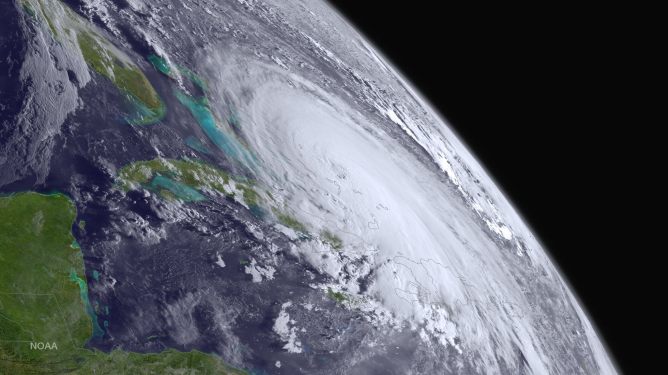Few things generate as much data as simply observing the Earth from above. However, Ryan Abernathey and Joe Hamman quickly realized that for their startup to thrive, all that data still was not enough. Their data-centric climate tech startup, Earthmover, needed to pivot.
The pivot was not a complete departure from climate technology. Instead, the company shifted its focus to a shorter time scale, concentrating on how climate affects daily life, which is essentially the weather. Abernathey, Earthmover’s co-founder and CEO, explained that a compelling use case for their platform requires data that changes frequently. This urgency for solutions is found in areas like weather, fire monitoring, and new observations. He noted that while climate outputs are important, they are relatively static, with new data emerging only every few years.
Earthmover’s core product is its data structure, which is built to handle large and complex data sets. This structure is known as a raster in geospatial fields, a tensor in artificial intelligence, or simply an array in older programming languages like Fortran. The company has developed a range of tools on top of this structure to help customers extract meaningful insights from their data.
This strategic shift has proven successful. Earthmover has secured more than ten paying customers and closed a 7.2 million dollar seed funding round. The investment was led by Lowercarbon Capital, with participation from Costanoa Ventures and Preston-Werner Ventures. The company plans to use this capital to build new tools on its data storage platform.
The startup is built on open-source software, including Xarray, Pangeo, and Icechunk. It runs on major cloud providers like Google Cloud, AWS, and Microsoft Azure, as well as on-premise servers. Both Abernathey and CTO Joe Hamman have deep roots in the open-source community, having previously worked on Pangeo and Xarray.
The choice to use open-source tools was driven by their effectiveness with Earth observation data, which can require terabytes or even petabytes of storage. Typical Earthmover customers manage tens to hundreds of terabytes of data. This open-source approach also serves a business purpose by giving customers peace of mind. Abernathey stated that if a company depends on a startup, the risk is reduced because the customer retains their data in their own storage, even if the startup pivots or ceases operations.
Earthmover’s current customer base includes insurance startup Kettle, which uses the platform to assess wildfire risk, and RWE, a major German energy company. Abernathey mentioned that renewable energy companies, which are highly affected by weather patterns, use Earthmover’s tools to forecast energy supply and demand.
The ultimate goal for Earthmover is to make weather and geospatial data more accessible. As CTO Joe Hamman described, users like a trading desk want to see the latest forecast on a dashboard; they do not want to run a Python script to get the information. The platform is designed to provide this ease of use.

